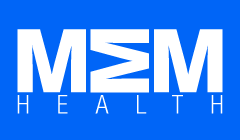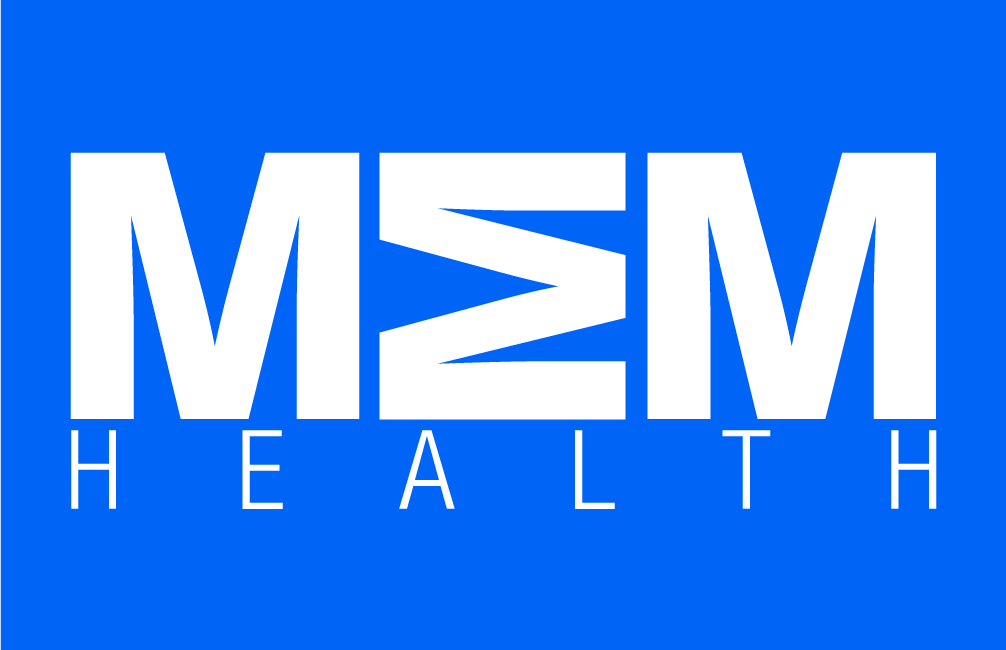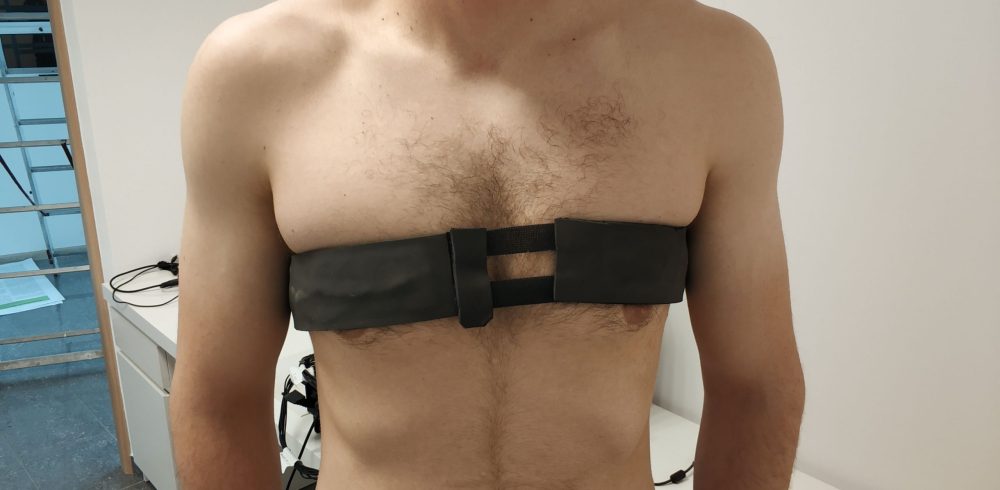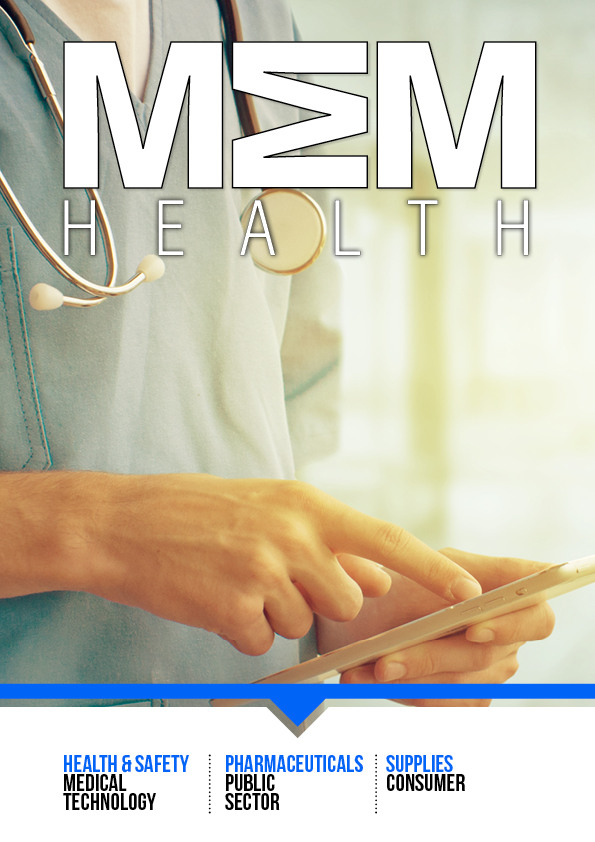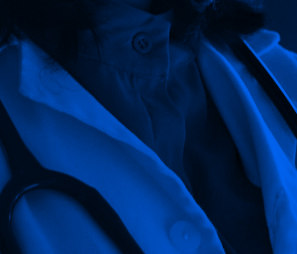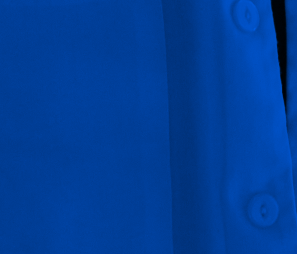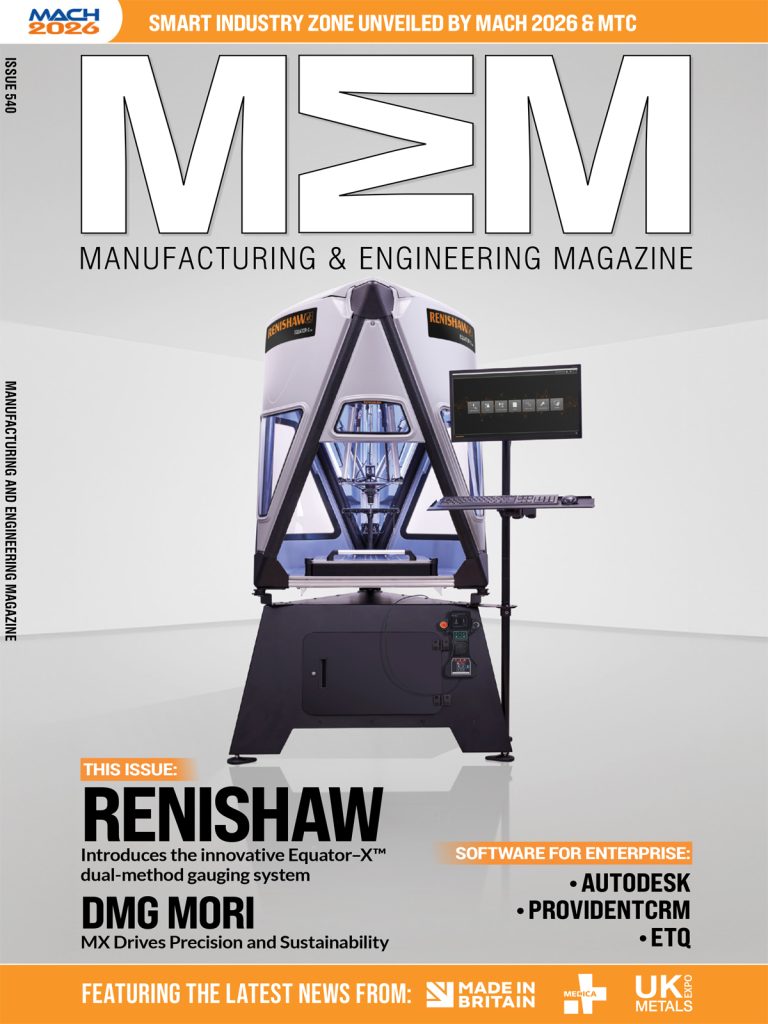New wearable device that mimics CT scans delivers continuous monitoring for heart and lung patients. Groundbreaking sensor technology promises safer, real-time monitoring for hospitalised cardiothoracic patients
Researchers have developed a first-of-its-kind wearable device capable of continuously scanning the lungs and heart of hospital patients while they rest in bed – offering a revolutionary alternative to CT scans.
The belt-like device, attached around a patient’s chest, uses ultrasound and works like a CT scanner. Rather than taking an isolated snapshot, it can produce a series of dynamic, high-resolution images of the heart, lungs and internal organs over time, giving doctors deeper insight into a patient’s condition. The device can be worn in bed and also reduces the need for repeated trips to radiology or exposure to doses of ionising radiation.
The breakthrough device has been developed at the University of Bath in collaboration with Polish technology company Netrix and is detailed in a recent publication in IEEE Transactions on Instrumentation and Measurement.
The soft, skin-conforming sensor array is placed directly on a patient’s chest and uses sophisticated ultrasound computed tomography (USCT) to generate images of the heart and lungs in real time, tracking changes in organ function and structure continuously over hours or even days.
A potential gamechanger for patient monitoring
Currently, patients with conditions such as heart failure, pneumonia, or respiratory distress often require multiple imaging procedures that are intermittent, disruptive, and radiation intensive. The new device allows for non-invasive, bedside monitoring—minimising the need for transport, improving comfort, and enabling earlier detection of deterioration or recovery.
Professor Manuch Soleimani, lead author of the research paper, is based in Bath’s Department of Electronic & Electrical Engineering and leads the University’s Engineering Tomography Lab. He says: “This could fundamentally change how we monitor patients in critical care or post-surgical settings. The imaging quality of the device can be on par with an X-ray or CT scan, but instead of a single snapshot, we can monitor how the lungs and heart behave over time, which is far more informative when managing dynamic conditions.
“Human testing has shown the technology to be reliable, and it has the potential to save resource too. Low cost, safe, and easy to operate monitoring of this kind is currently needed by a healthcare professional for intensive care unit (ICU). The use of advanced image reconstruction as well as deep learning algorithms enable real-time imaging results in this work. The fact it can be comfortably worn in bed and gives a complete picture of the organs in the chest means it could also help to determine treatments including how much ventilation assistance patients need.”
Crucially, the device is designed with patient comfort in mind. Its soft, flexible materials make it suitable for long-term wear, and its wireless data transmission capabilities allow integration with hospital monitoring systems. Future iterations may even offer AI-assisted analysis for clinicians, identifying warning signs before they’re visible to the human eye.
Beyond hospitals, this technology opens the door to remote monitoring in home care settings, particularly for elderly patients or those with chronic cardiopulmonary diseases. It may also reduce the healthcare burden by preventing unnecessary hospital admissions through early intervention.
Plans for clinical trials
The research team is currently working on plans for clinical trials in collaboration with partner hospitals, aiming to refine the technology for regulatory approval.
Initial testing has been completed on healthy male volunteers, due to male chests being more uniform – the research team plans to extend their work to include female participants in future, to overcome potential challenges associated with imaging through breast tissue; and to begin testing on patients with heart and lung conditions such as Acute Respiratory Distress Syndrome (ARDS), lung oedema and more.
Other potential developments could increase the resolution of images by adding more ultrasound channels, while a further development of the design could also be used to monitor for bedside or in ambulance brain imaging for monitoring of stroke, which can be live saving and critical in treatment and rehabilitation
The paper, Ultrasound Computed Tomography for In Vivo Lung Imaging, is published in IEEE Transactions on Instrumentation and Measurement (DOI: 10.1109/TIM.2025.3545872). CT scans
Manufacturing & Engineering Magazine | The Home of Manufacturing Industry News
